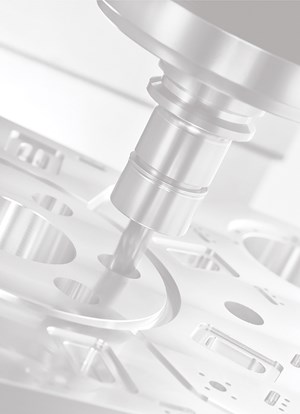Share



Adopting 3D printing for production can bring freedoms that an established manufacturing business would never have had otherwise. At Additive Manufacturing Media (sister publication to Modern Machine Shop) we’ve seen how injection molders were able to take on low-volume orders with the addition of polymer 3D printing; how conventional metalworking businesses have advanced into new markets with metal AM; and how 3D printing and machining can coexist to both work together and maintain multiple revenue streams.
This handful of examples illustrates one big challenge with adopting 3D printing for production: There’s no one-size-fits-all strategy, no playbook that companies can turn to. Instead, would-be additive manufacturers have to consider many factors, from the type of 3D printer and materials to purchase through how to lead employees through this transition.
If you’re considering 3D printing for production applications, we’ve created a high-level video overview that summarizes the various factors to take into account. In the conversation below, Editor-in-Chief Peter Zelinski and I discuss a range of topics related to production AM. We cover 3D printing technologies and materials commonly used in production; equipment and process steps; organizational issues; and AM’s relationship to broader trends such as machine learning and sustainability. Watch below, or find the transcript and additional information on AdditiveManufacturing.media.
Related Content
-
Designing a 3D Printed Part with Machining in Mind
Designing extra stock and mounting features into a 3D printed part can aid in machining processes downstream.
-
Tracing Domestic Manufacturing’s History at the American Precision Museum
The American Precision Museum connects new generations to the story of domestic precision manufacturing. Find out how it’s bringing new chapters of that story to life.
-
Digitalization and Done-In-One Reign Supreme at BIEMH 2024
European manufacturers may have a different balance of markets than their U.S. counterparts, but the practical challenges they must overcome are often similar — as are the solutions.


.jpg;width=70;height=70;mode=crop)

















